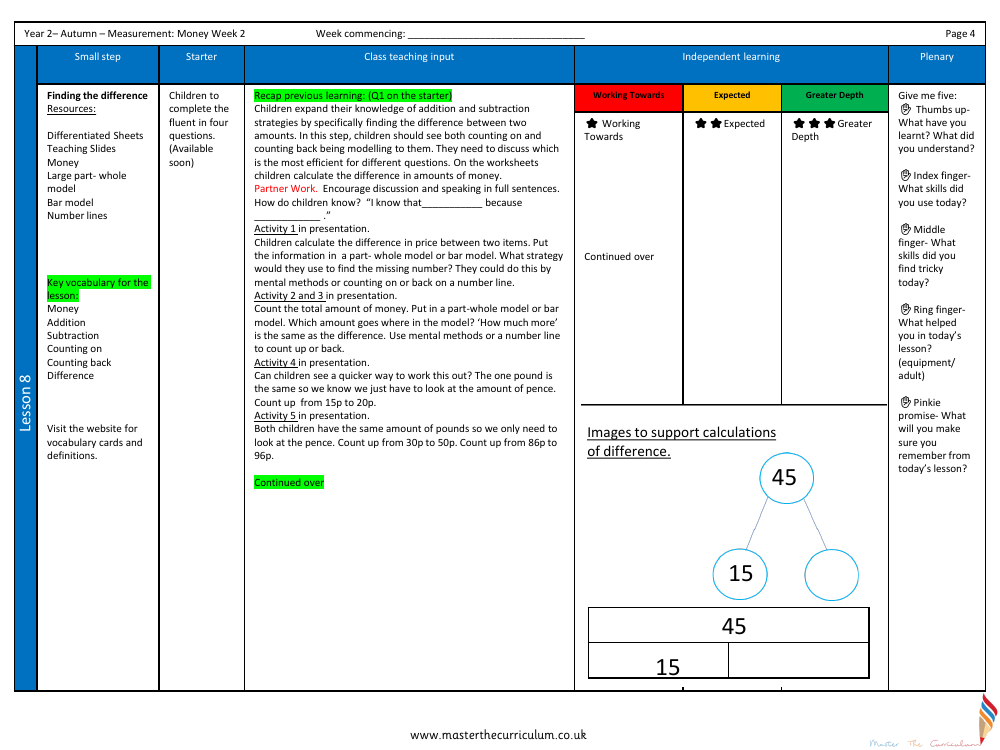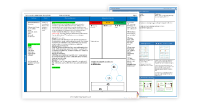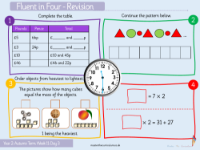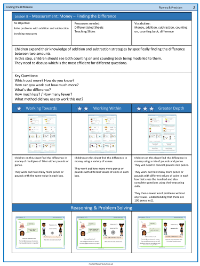Money - Finding the difference - Planning

Maths Resource Description
The second week of the Autumn term for Year 2 includes a lesson on 'Finding the difference' in the context of money within the Measurement curriculum. The lesson plan incorporates a variety of resources such as differentiated sheets, teaching slides, physical money, and models to aid understanding. Pupils are introduced to key vocabulary including 'money', 'addition', 'subtraction', 'counting on', 'counting back', and 'difference', which are essential for mastering the concept of calculating the difference in monetary values. The lesson starts with a recap of prior learning and progresses through a series of activities where children practice finding the difference between amounts of money using part-whole models, bar models, and number lines. The lesson aims to encourage discussion, with partner work prompting pupils to explain their reasoning in full sentences.
During the lesson, children engage in reasoning and problem-solving exercises that challenge them to think about different coin combinations and calculate the differences between amounts. Key questions guide them to explore which items cost more and by how much, using various methods to find the difference. The lesson acknowledges that young children may have limited experience with cash and coins, and therefore places emphasis on clarifying vocabulary related to money. The 'Give me five' reflection activity at the end of the lesson allows pupils to consider what they've learned, the skills they've used, any challenges they faced, and what was helpful during the lesson. The differentiated learning sheets cater to varying levels of understanding, from 'Working Towards' basic differences in multiples of 10, to 'Expected' levels involving a variety of coin values, and up to 'Greater Depth', where children tackle more complex problems involving both pounds and pence, including word problems without visual aids, requiring conversion between the two.



